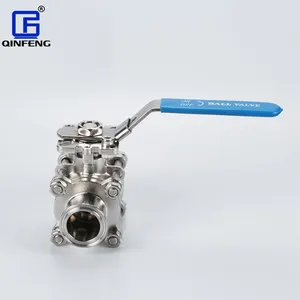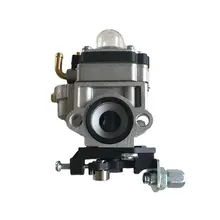Introduction to CF8M Stainless Steel Ball Valves
The CF8M stainless steel ball valve is a pivotal component in modern industrial applications, known for its durability and corrosion resistance. This category of ball valves is crafted from CF8M, the cast equivalent of 316 stainless steel, and is widely recognized for its excellent performance in various temperature and pressure conditions.
Types and Features
There are several types of CF8M ball valves, including floating ball design, trunnion mounted, and multi-way configurations. Each type serves a specific function, from simple on-off tasks to more complex flow regulation. These valves typically feature a blowout-proof stem, anti-static device, and locking device, ensuring a secure and stable operation.
Applications of CF8M Ball Valves
Stainless steel CF8M ball valves are utilized across a diverse range of industries, including water treatment, chemical processing, and oil & gas. Their robustness makes them suitable for both cryogenic and high-temperature services, providing reliable performance in demanding environments.
Material Advantages
The material composition of CF8M valves offers significant advantages. The inclusion of molybdenum increases their resistance to chlorides, making them ideal for marine and acidic environments. Additionally, the valves' stainless steel construction provides longevity and reduces the need for frequent replacements.
Valve Selection Considerations
When selecting a CF8M stainless valve, factors such as valve size, pressure rating, and end connection should be considered. It is crucial to match the valve's specifications with the application's requirements to ensure optimal performance and safety.
Environmental and Operational Benefits
Industrial ball valves made of CF8M stainless steel are not only durable but also offer environmental benefits due to their resistance to corrosion and leakage, which minimizes the risk of contamination and material waste. Their operational efficiency also contributes to energy conservation in various systems.












































 浙公网安备 33010002000092号
浙公网安备 33010002000092号 浙B2-20120091-4
浙B2-20120091-4